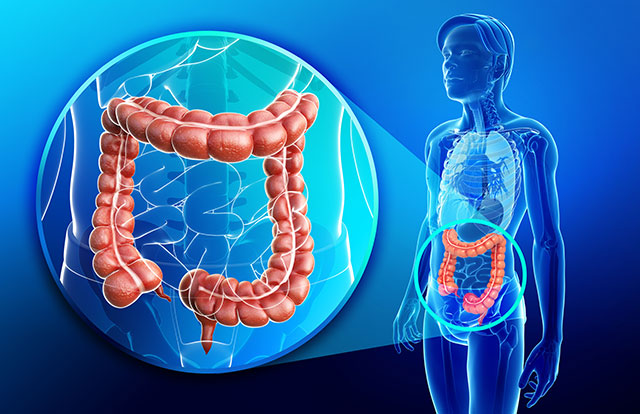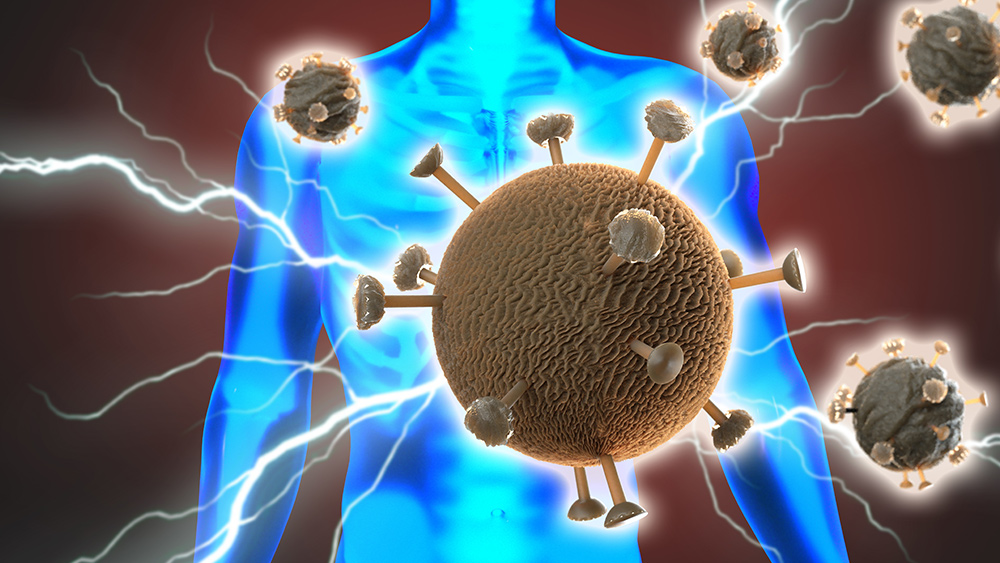
The evidence for this hypothesis has been strengthened by a new study conducted by researchers from Midwestern University, Duke University, the University of Stellenbosch in South Africa and the National Museum of Natural History in France, and published in the journal Comptes Rendus Palevol.
Appendix as a safe house
The researchers have previously suggested that the appendix might actually be an immune organ. Scientists from Duke synthesized the findings of a decade of research to suggest the "safe house hypothesis" – that the appendix might function as a repository, or safe house, for beneficial bacteria to protect them from being completely eliminated in a bout of severe diarrhea.
The researchers cited an "abundance of circumstantial evidence" to support this hypothesis, particularly the discovery of a type of intestinal lining known as a biofilm. The biofilm is an amalgamation of beneficial microbes, immune molecules and mucous that has been shown to actively promote beneficial bacterial species. This, in turn, crowds the intestinal ecosystem and leaves limited room for pathogenic species. Research has also shown that biofilms not only extend into the appendix – but are actually thickest there. They seem to radiate into the intestines from that point, becoming sparser the farther out you go.
Severe diarrhea can empty the bowel's entire contents, including biofilm.
For the new study, researchers studied the intestines and ecological conditions of 533 separate mammals. This allowed them to compare animals that have appendixes -- only primates, rabbits, wombats, and opossums -- with the rest of the mammals.
The research turned up several compelling facts. First, the researchers found that the appendix has actually evolved independently 30 separate times and that it has nearly never vanished from an evolutionary lineage after arising. This conclusively rules out the "vestigial trait" hypothesis, and strongly (almost conclusively) suggests an adaptive function for the organ.
The ecological analysis also allowed the researchers to rule out two non-immune hypotheses for the function of the appendix: adaptation to particular dietary or environmental factors.
The intestinal analysis further showed that animals with an appendix have a higher concentration in their guts of lymphoid tissue, which is part of the immune system. Among its other functions, lymphoid tissue can stimulate the growth of some beneficial microbes. (Related: The Appendix Has a Purpose After All: Repopulating the Gut with Friendly Flora.)
What causes appendicitis?
If the appendix is an immune organ, does that mean that people who've had theirs removed have a higher risk of disease?
"In general, people who have had an appendectomy tend to be relatively healthy and not have any major detrimental effects," researcher Heather Smith said.
Such people might be slightly more prone to certain infections, however, and may take "slightly longer to recover from illness, especially those in which the beneficial gut bacteria has been flushed out of the body," she said.
Appendicitis is largely an affliction of wealthy, industrialized societies. William Parker, one of the original authors of the safe house hypothesis, has suggested that people in such societies are less likely to be exposed to the kinds of illnesses that the appendix evolved to defend against, thus explaining the minimal side effects of its removal.
But the very "hygenicness" of modern society may also explain why appendicitis occurs at all. Researchers have long suspected that appendicitis is actually an autoimmune disorder, caused when the immune system becomes overreactive against something that is not actually a threat.
The increasingly widely accepted "hygiene hypothesis" alleges that many autoimmune conditions are caused by insufficient exposure to both beneficial and harmful microbes during early life.
"Exposure to pathogens and infectious agents, like bacteria and viruses, is important for the normal development processes of the immune system," Smith said.
Sources include:
Please contact us for more information.























